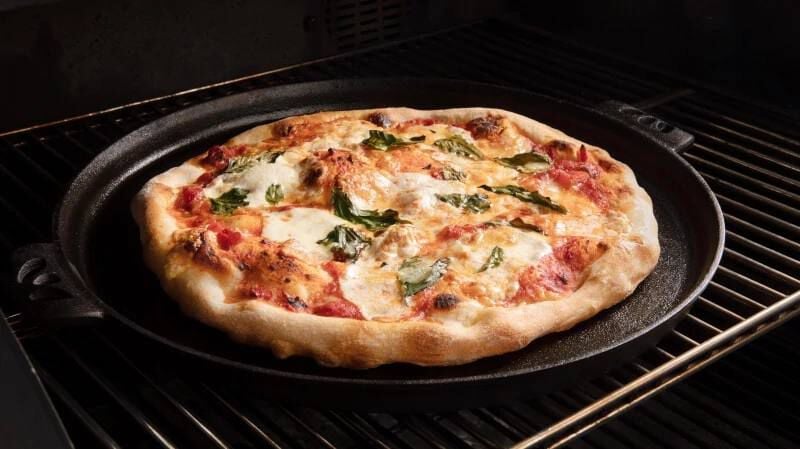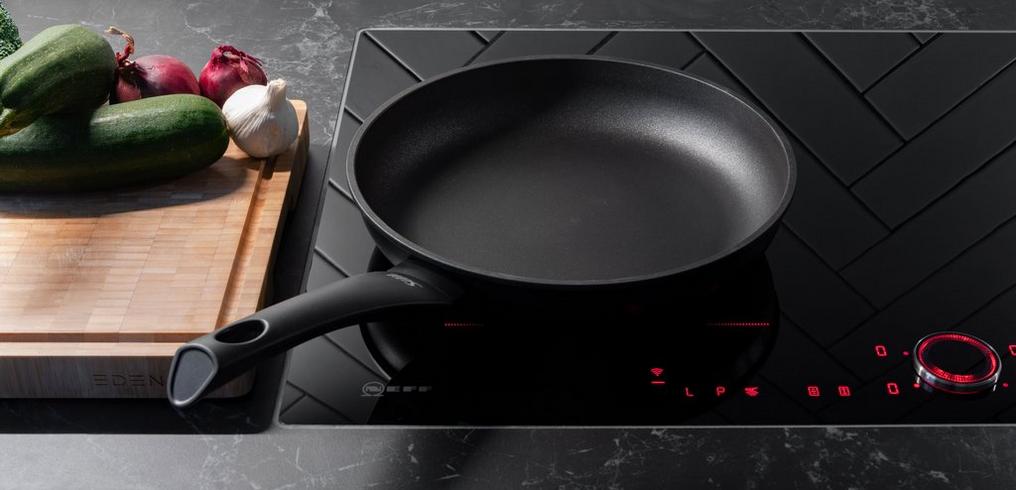For kitchen professionals, maintaining the longevity and effectiveness of your kitchen tools is imperative. Among these, a baking stone often sees its fair share of use and, unfortunately, abuse. As an essential tool in the culinary world, removing stains from baking stone becomes crucial to extend its life and ensure fabulous baking results every time.
But fret not! Were here to unwrap the mystique of getting that stone back to its prime condition.

Why Stains Form on Baking Stones
Baking stones or stones are beloved for their ability to absorb moisture, thus offering an unbeatable crispy crust. However, this moisture absorption also means fat and oils can seep into the stone, forming stains over time.
Baking Stone Oven Placement is a key factor that influences how fat trickles across the stone's surface. Understanding how stains form can help in devising effective cleaning strategies.
The Do's and Don'ts of Cleaning
When removing stains from baking stone, there are particular guidelines to follow. Do not use soap, as its porous surface can absorb the detergent, which may impart unwanted flavors to your baked goods. Instead, opt for scrubbing with water and a stiff brush or plastic scraper.
Using Baking Soda Paste
Baking soda is your stain busting ally. Mix it with water to form a paste. This will be gentle on your baking stone while effectively lifting grease and grime.
Apply the paste on the stained areas, let it sit for 15 to 20 minutes, then scrub with a brush. Rinse with warm water to finish. This has been a tried and true method as discussed in this detailed guide on baking stone for bread.
Heat Treatment Method
For tougher stains, a high-temperature bake may be necessary. Placing your stone in the oven at a high temperature (around 500F) can burn off residues. Nonetheless, proceed with caution and make sure your kitchen is well-ventilated during the process.
Preventive Measures for Longevity
To ensure your baking stone remains in top condition, it is essential to perform regular maintenance and cleaning. Baking Stone Vs Baking Sheet explores how each tool requires unique care considerations.
Avoiding Common Pitfalls
Non-stick sprays are the number one adversary of your stone. Avoid oils and sprays that can leave residues leading to stains. Natural fats from dough or toppings like cheese should suffice.

FAQ Section
How often should I clean my baking stone?
It's best to clean your baking stone after each use. A gentle scrape is typically sufficient for routine cleanup, whereas a thorough clean may be required monthly or when stains appear.
Can I wash a baking stone with soap?
No, using soap is not recommended. Due to its porous surface, the baking stone might absorb the soap, which can transfer an unintended taste to your food.
What happens if I use a dirty baking stone?
A dirty baking stone can affect the taste and texture of your baked goods. Residues could impart off-flavors and less ideal baking results. It's always best to use a clean stone for optimal performance.
For more extensive guidance, the article on washing a baking stone offers excellent insights.
This article contains affiliate links. We may earn a commission at no extra cost to you.





Leave a comment
This site is protected by hCaptcha and the hCaptcha Privacy Policy and Terms of Service apply.